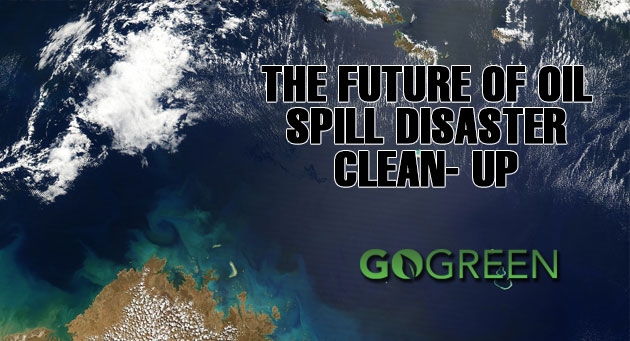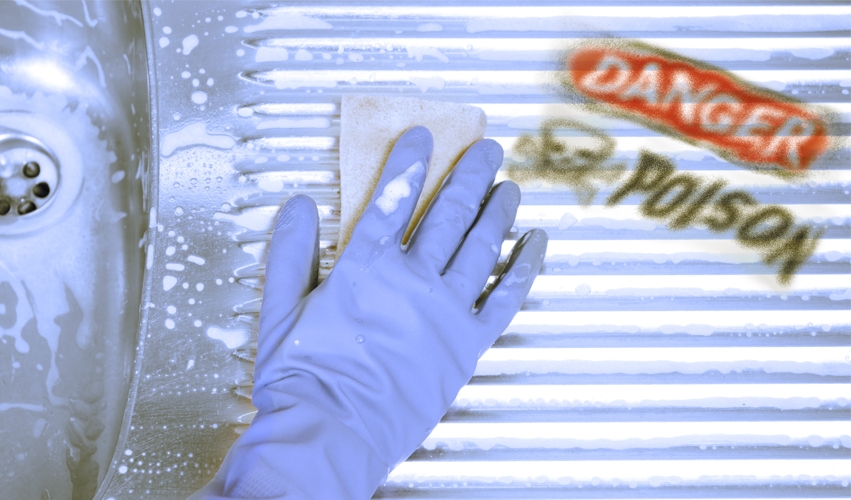
A quarter of a century after the infamous Exxon Valdez spilled up to 750,000 barrels of oil into the Prince William Sound, four years after the Deepwater Horizon incident raised the bar in terms of sheer volume of oil spilled, we simply do not speculate whether a similar incident will occur in the future, but instead wonder “will it at least be easier to clean up next time?”
The first time wasn’t so good. They first tried dropping dispersants into the water, hoping the waves would churn up a sud and disperse the oil. It didn’t. They tried burning some of it, which also turned out to be a bad idea. After that they just dumped as many oil cutting chemicals as they could into the waves and hoped for the best. It is estimated that only 10 percent of the oil was actually “cleaned up” in the end. Subsequent attempts at cleaning up major oil spills have not been all that much better.
That is why they’ve modified microscopic submarines with “thiol molecule” coatings that repel water and attract oil, allowing these tiny little guys to zip through water carrying oil particles away. Ostensibly, in the not too distant future, this will be a viable option for cleaning up large spills in a controlled way. Ahh, the circle of life. Machines remove oil from the ground to make other machines to transport that oil around to spill that oil so that someone can make more machines to clean up the oil, necessitating more oil to power and create the machines, etc. ad infinitum.
Sources: http://en.wikipedia.org/wiki/Exxon_Valdez_oil_spill, http://en.wikipedia.org/wiki/Deepwater_Horizon_oil_spill
At Go Green, we’re not just a cleaning company. We’re your partners in creating a cleaner, healthier, and more sustainable environment for your business in Edmonton.
(780) 437-1011At Go Green, we’re not just a cleaning company. We’re your partners in creating a cleaner, healthier, and more sustainable environment for your business in Edmonton.

With over 40 years of combined experience in the field of facilities services, We offer our clients top quality cleaning and maintenance services with high standards, and we are committed to only using environmentally friendly cleaning products. Read more below to learn about touch point cleaning, and why keeping your spaces clean is important to your health.
Read More
Typical household cleaners are on the top of the list of dangers in our homes. They cause indoor air pollution, which means many of us will suffer from skin, respiratory and eye irritation. Even if you leave your windows open and turn your bathroom fan on, you are still inhaling and exposing yourself to these chemicals.
Read More